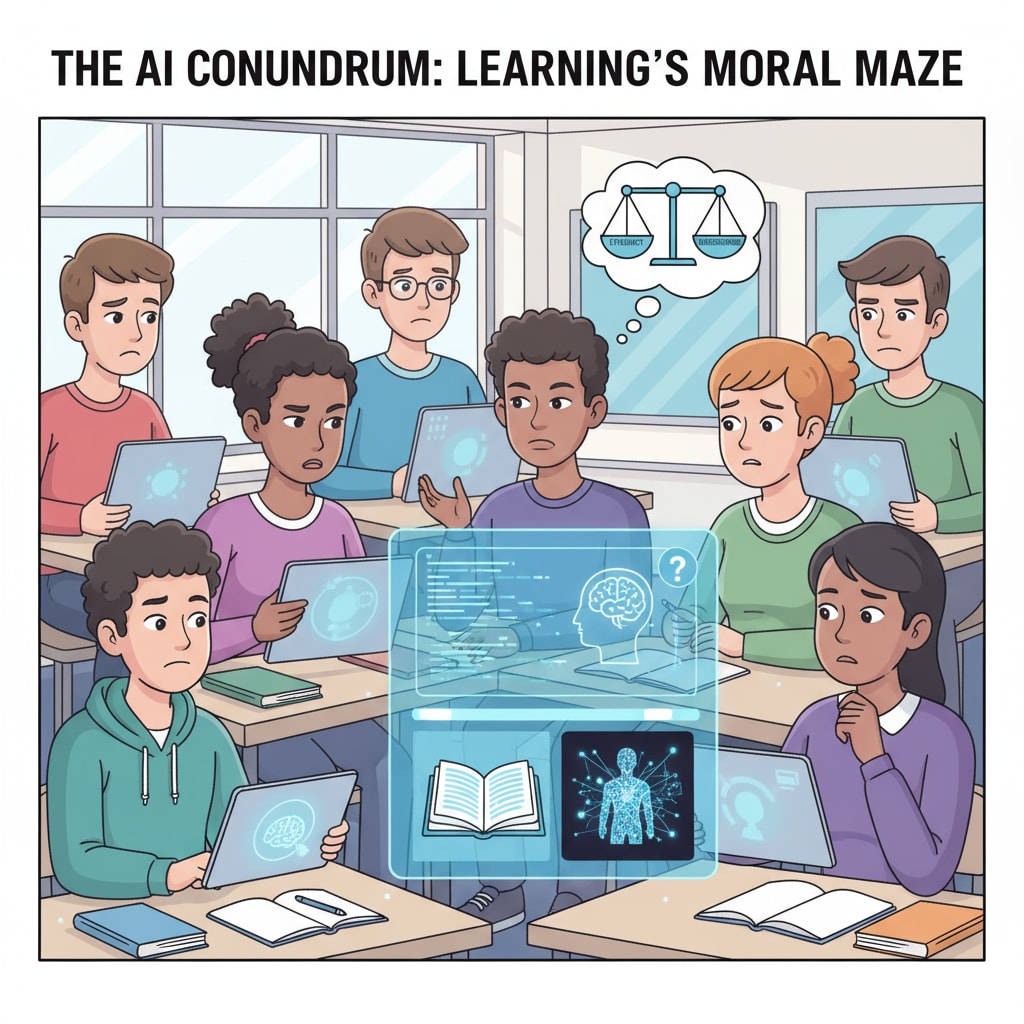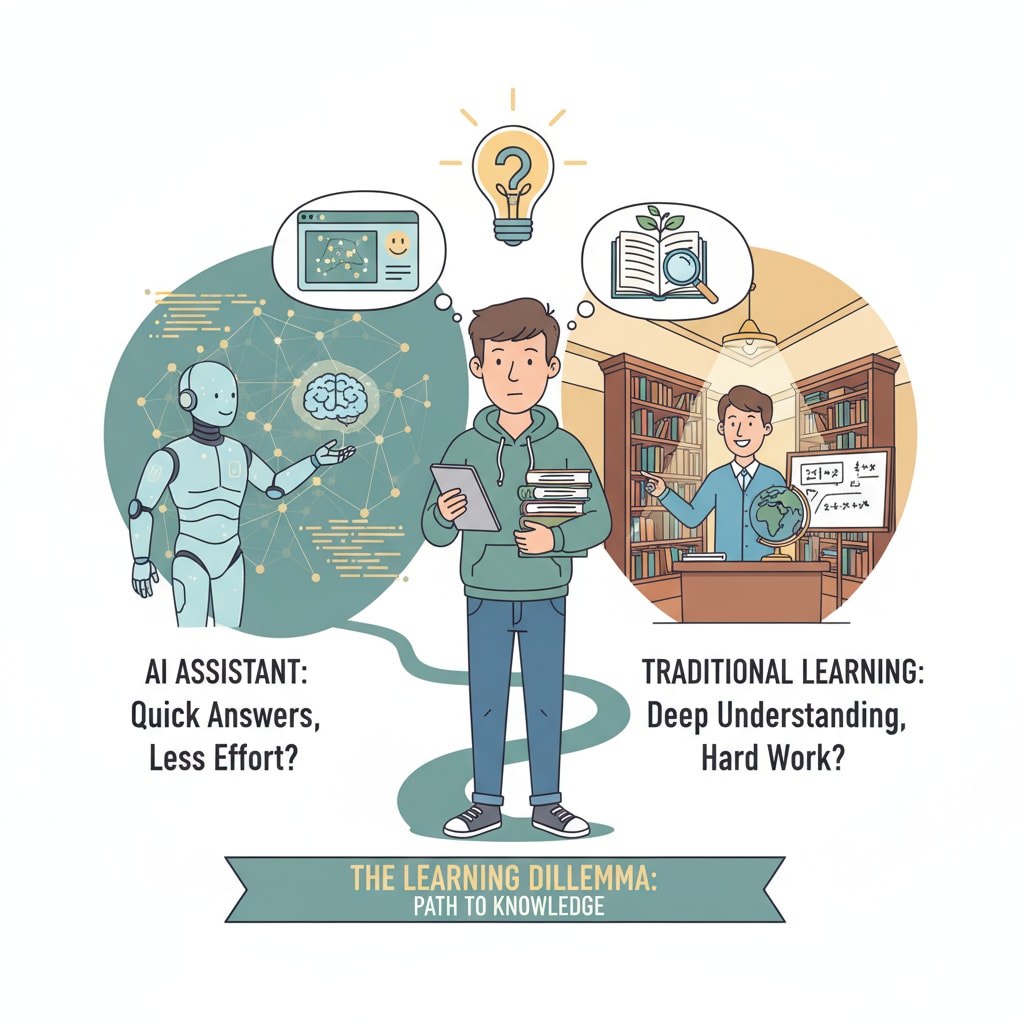Academic integrity, AI-assisted learning, and guilt are intertwined issues that students in the digital age grapple with. The widespread use of AI tools in educational settings has presented K12 students with unprecedented moral quandaries. As technology continues to evolve, it is crucial to understand the ethical boundaries of using AI in academic tasks and how to strike a balance between leveraging its benefits and maintaining academic honesty.

The Rise of AI in Academic Tasks
AI has revolutionized the way students approach their academic work. Tools like language generators and problem-solving assistants can provide quick answers and solutions. For example, AI in education on Wikipedia shows how these tools are becoming increasingly accessible. However, this ease of use has led to concerns about students using them inappropriately. Some students may be tempted to rely too heavily on AI, submitting work that is not truly their own, thus violating academic integrity.
The Moral Dilemma
Students often find themselves in a moral bind. On one hand, they see the potential of AI to help them complete tasks faster and better. On the other hand, they are aware of the importance of academic integrity. This conflict can lead to feelings of guilt. According to Ethics on Britannica, ethical considerations in education are complex. Students may question whether it is right to use AI to gain an edge, especially when it comes to assignments that are meant to test their own knowledge and skills.

Educators also play a crucial role in this scenario. They need to clearly define what constitutes acceptable use of AI in academic tasks. By setting clear guidelines, they can help students understand the boundaries and reduce the moral ambiguity they face.
Readability guidance: In this article, we’ve used short paragraphs to make the content more digestible. Each H2 section presents key points in a clear manner. We’ve also included relevant external links to authoritative sources for further exploration. The use of transition words like “however” and “on the other hand” helps to connect ideas smoothly.


